July 9-15, 2023
Summer rain and hail
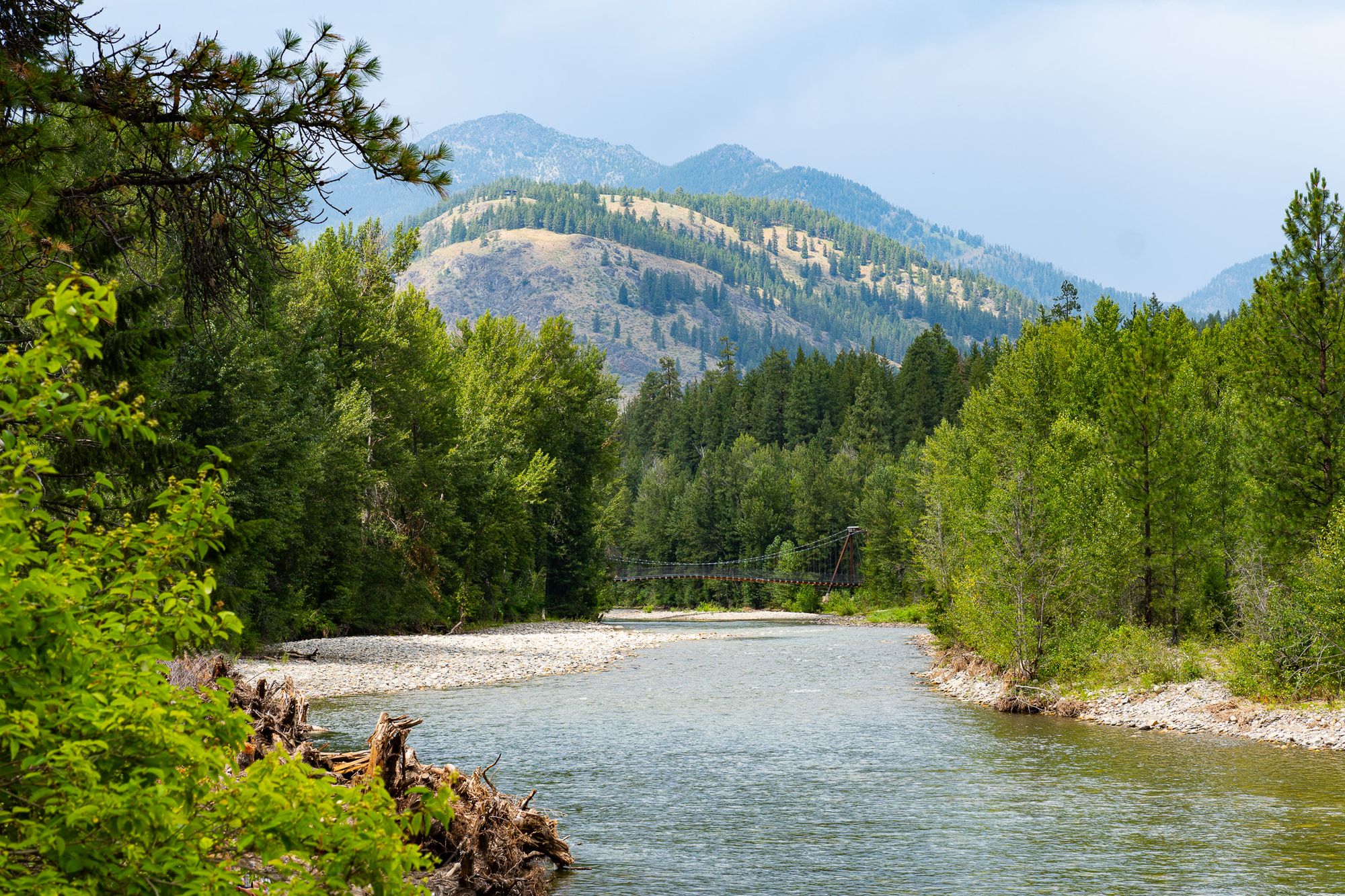
All in a summer's day...blazing heat, thunderstorms, torrential rain, and hail.
Week in Review
We've said it before, and we'll say it again—what a week this has been!
The week started with not one, but two, days that brought significant amounts of rain; then the week ended with blazing temperatures as a brutal heat dome covering the Desert Southwest spread across the western United States.

And, of course, whenever there is unsettled, or changing weather in the Methow Valley we often get spectacular sunsets, and this week was no exception, with multiple sunsets that were impossible to ignore.
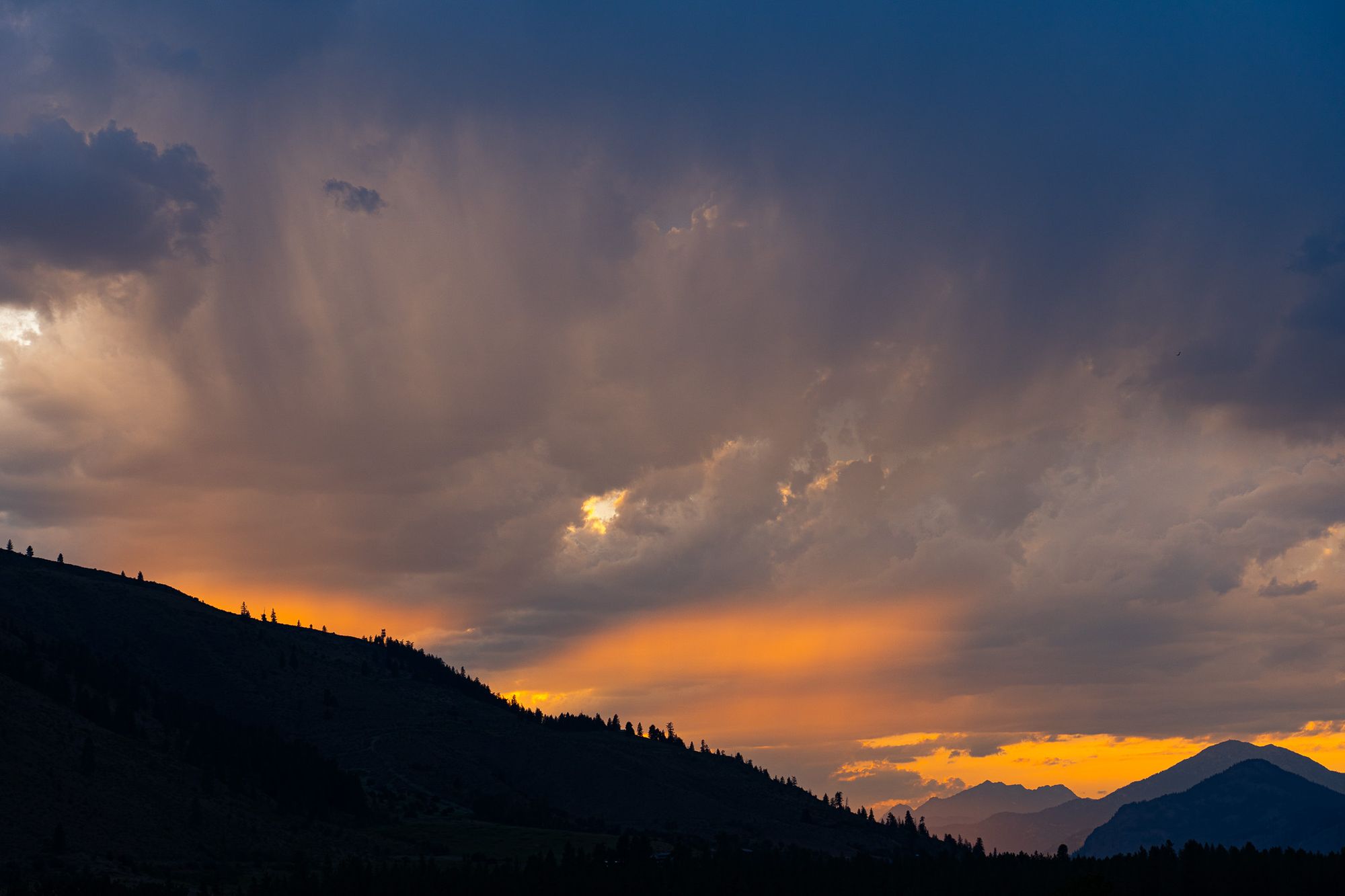
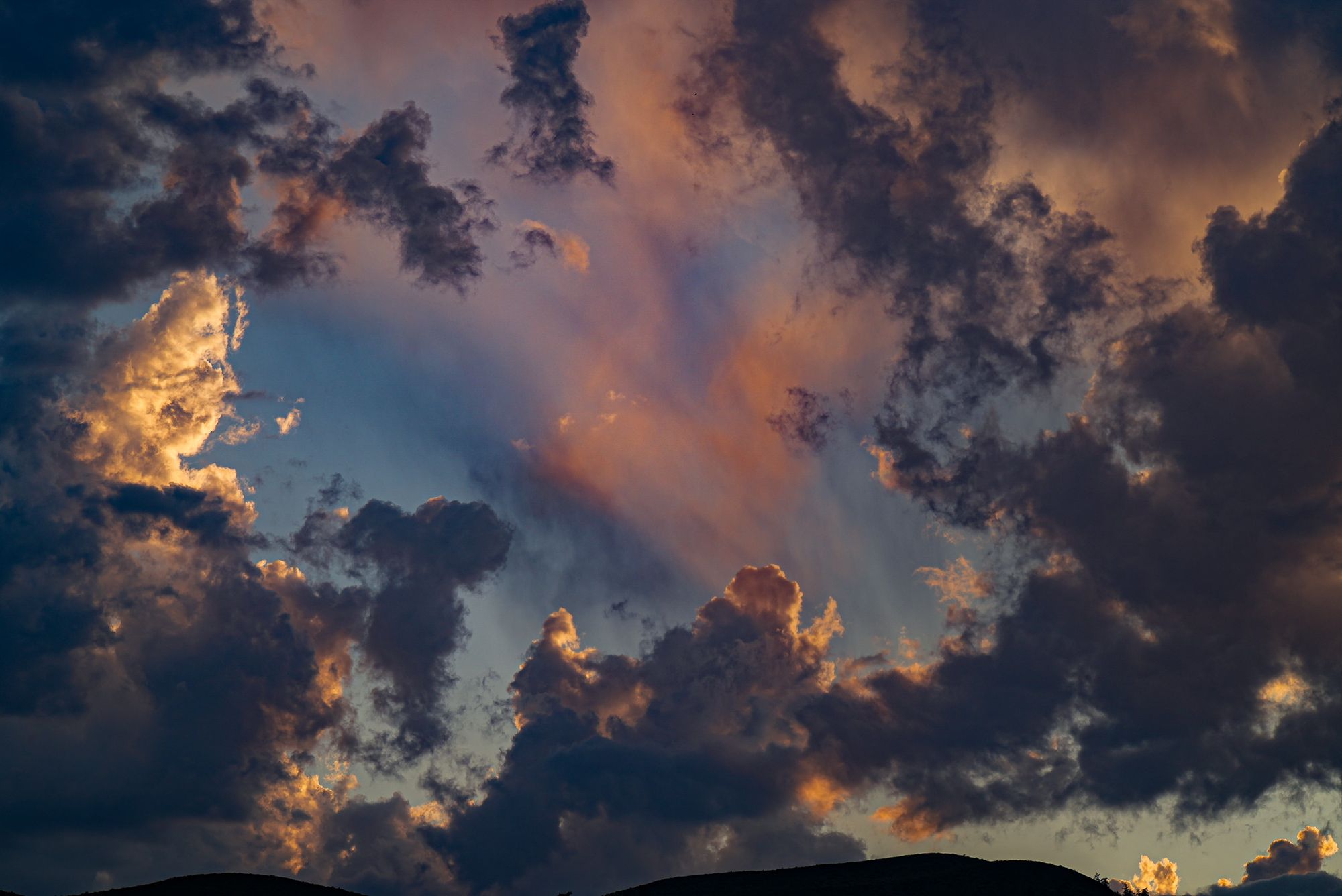
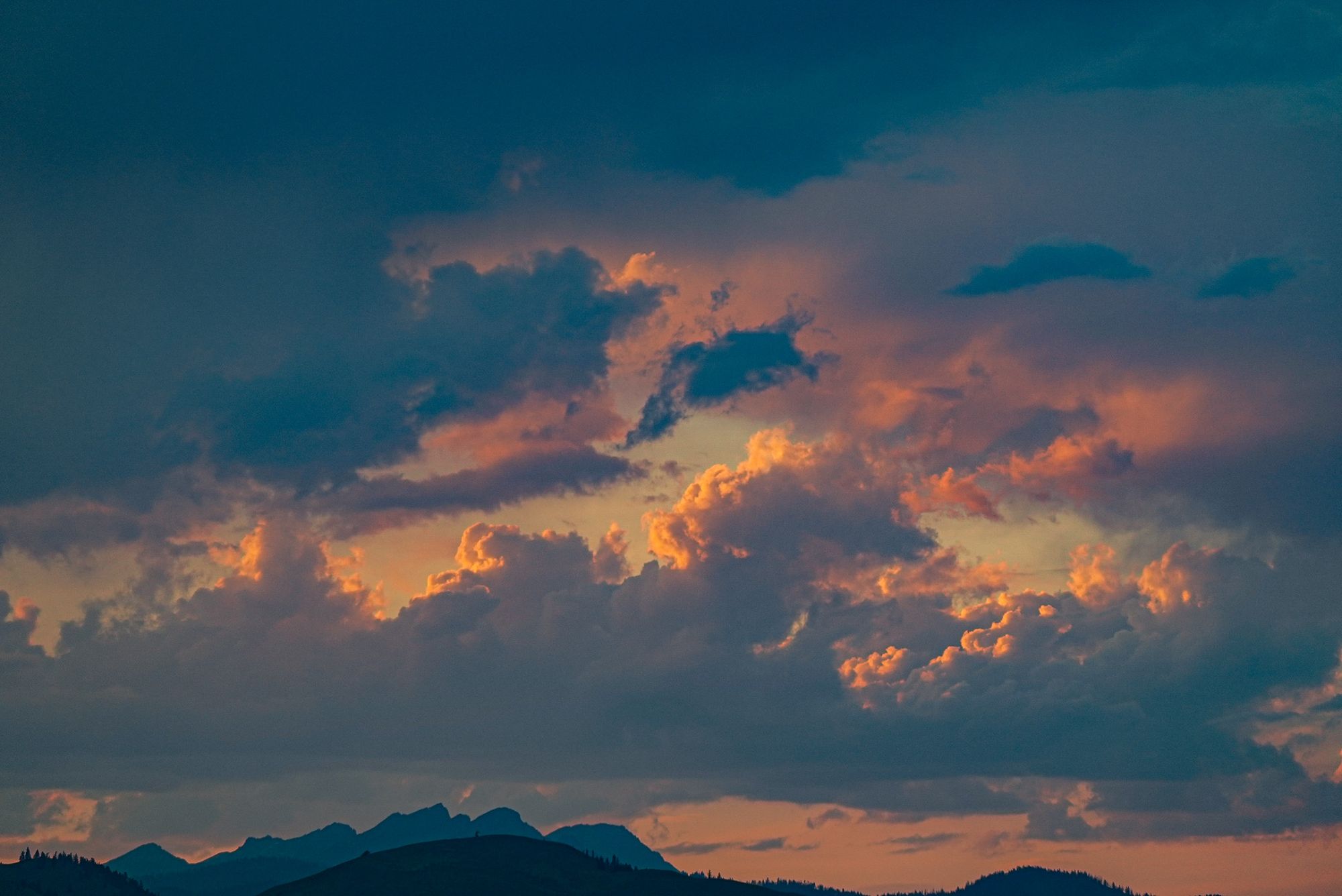
If you look carefully, you can start seeing signs that the prime growing season for some plants is coming to an end. You might think that plants drop their leaves in the fall, but many plants are already breaking down the green chlorophyll in their leaves and moving it into their stems and roots in preparation for the long, dry summer and coming winter.
Photosynthesis can only take place when there's water, so as soon as the soil starts drying out it's more efficient for a plant to stop photosynthesizing and move the components of its photosynthetic machinery to safe storage locations rather than leaving these elements in leaves where they can be damaged or lost.
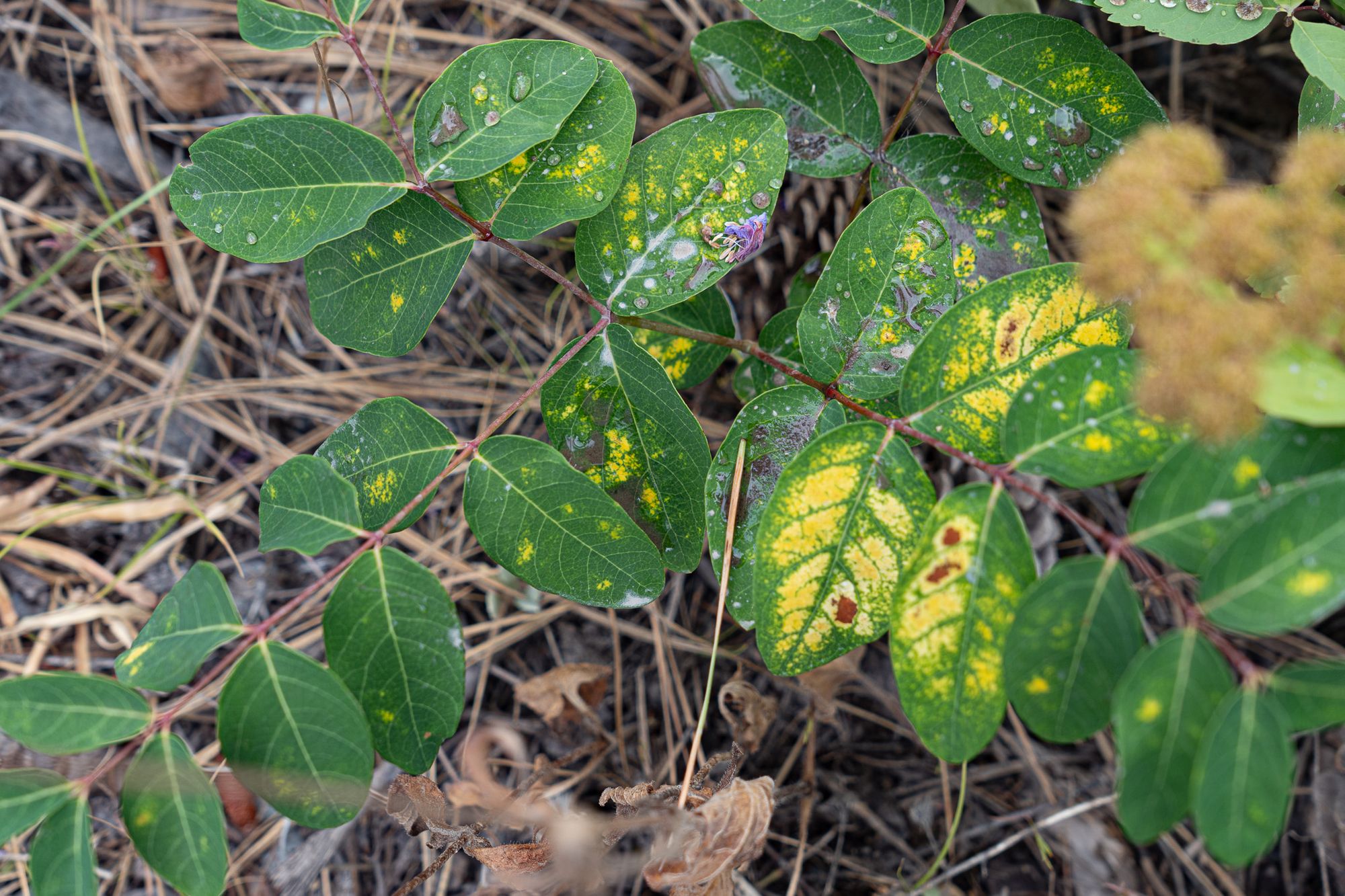
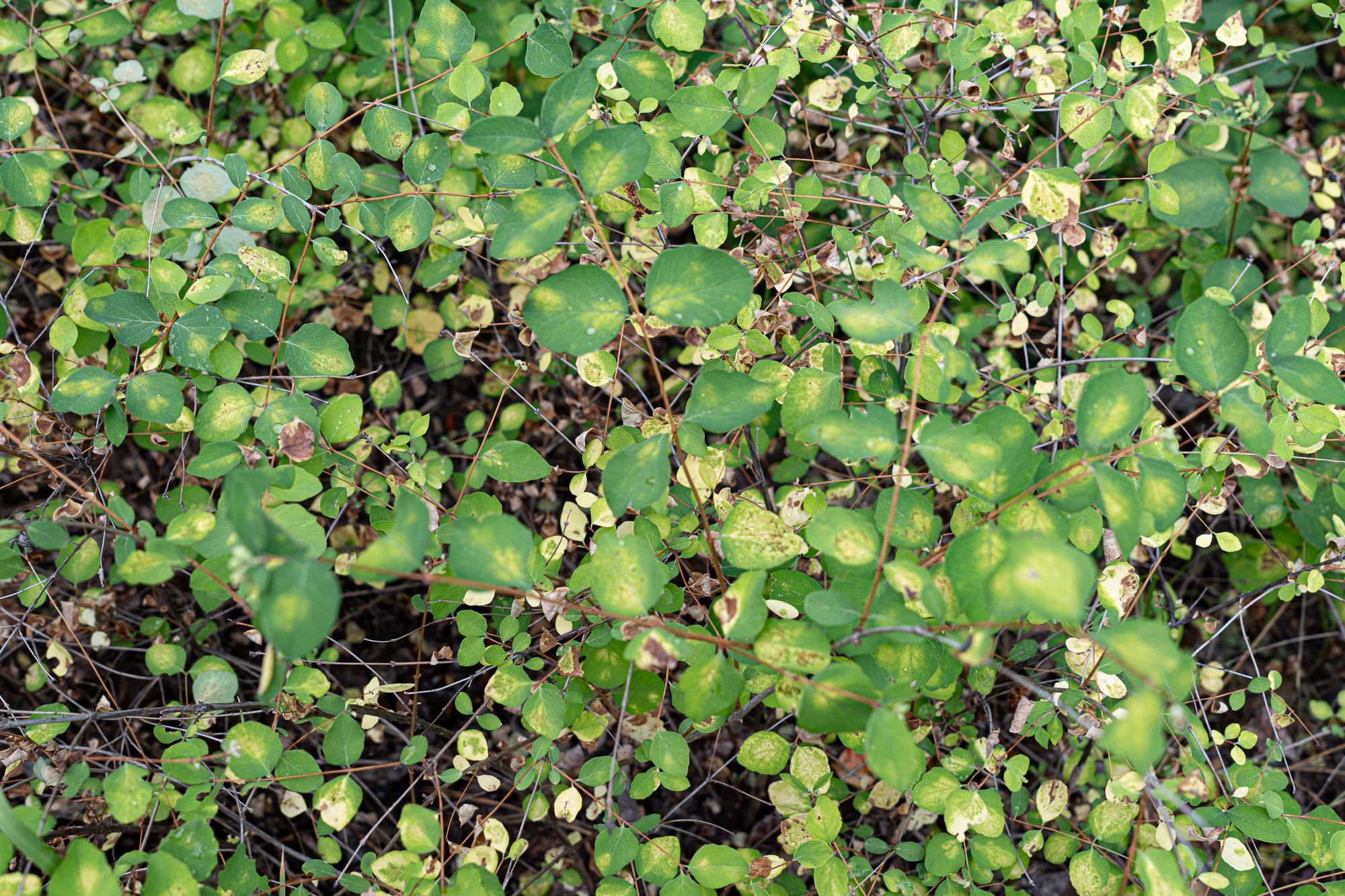
This week seemed to be a lull in the flower activity around the Valley. There will be a burst of snow buckwheats in a few weeks but in the meantime it feels like many other flowers at low elevations are finished for the year.
However, there was a spate of interesting insect observations this week so this seems like a particularly good time to be looking for unexpected insects!
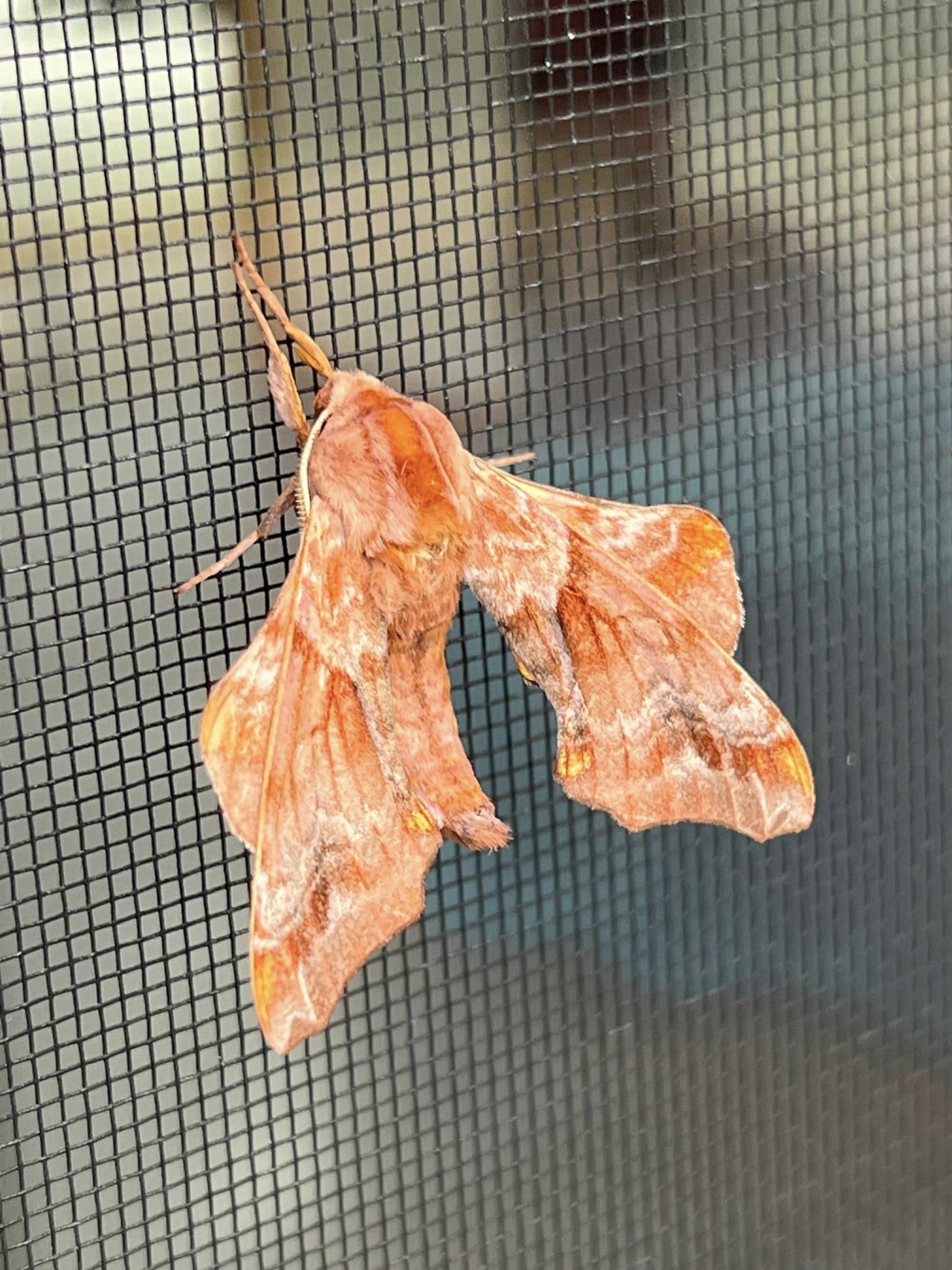
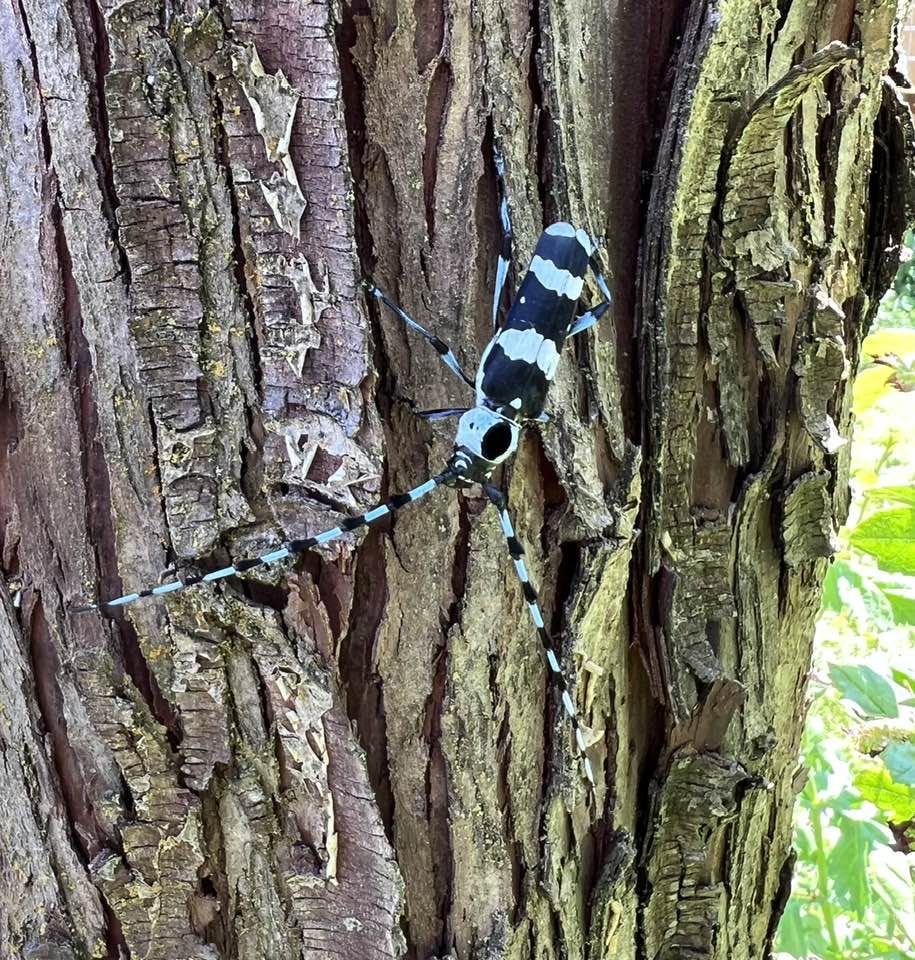
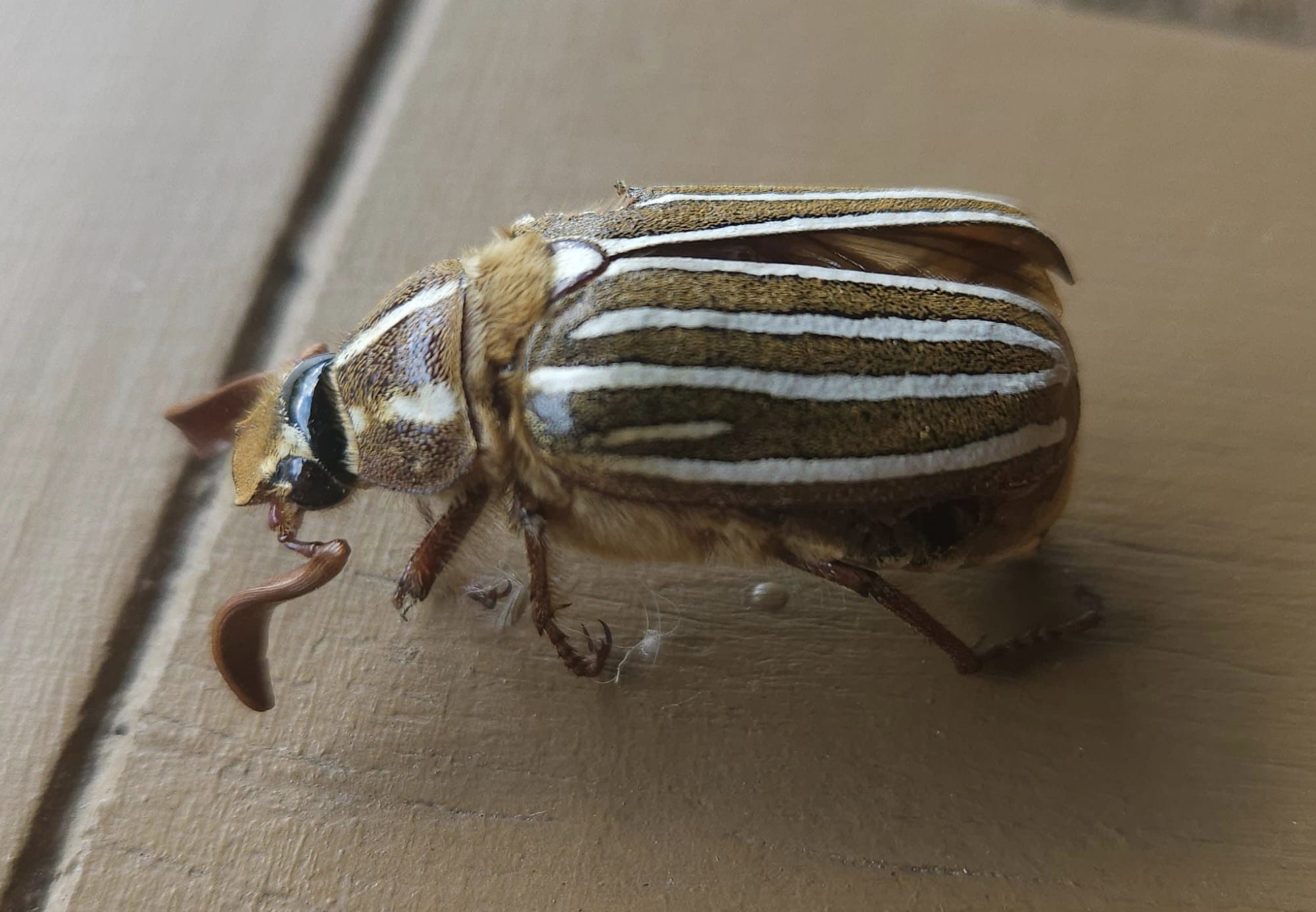
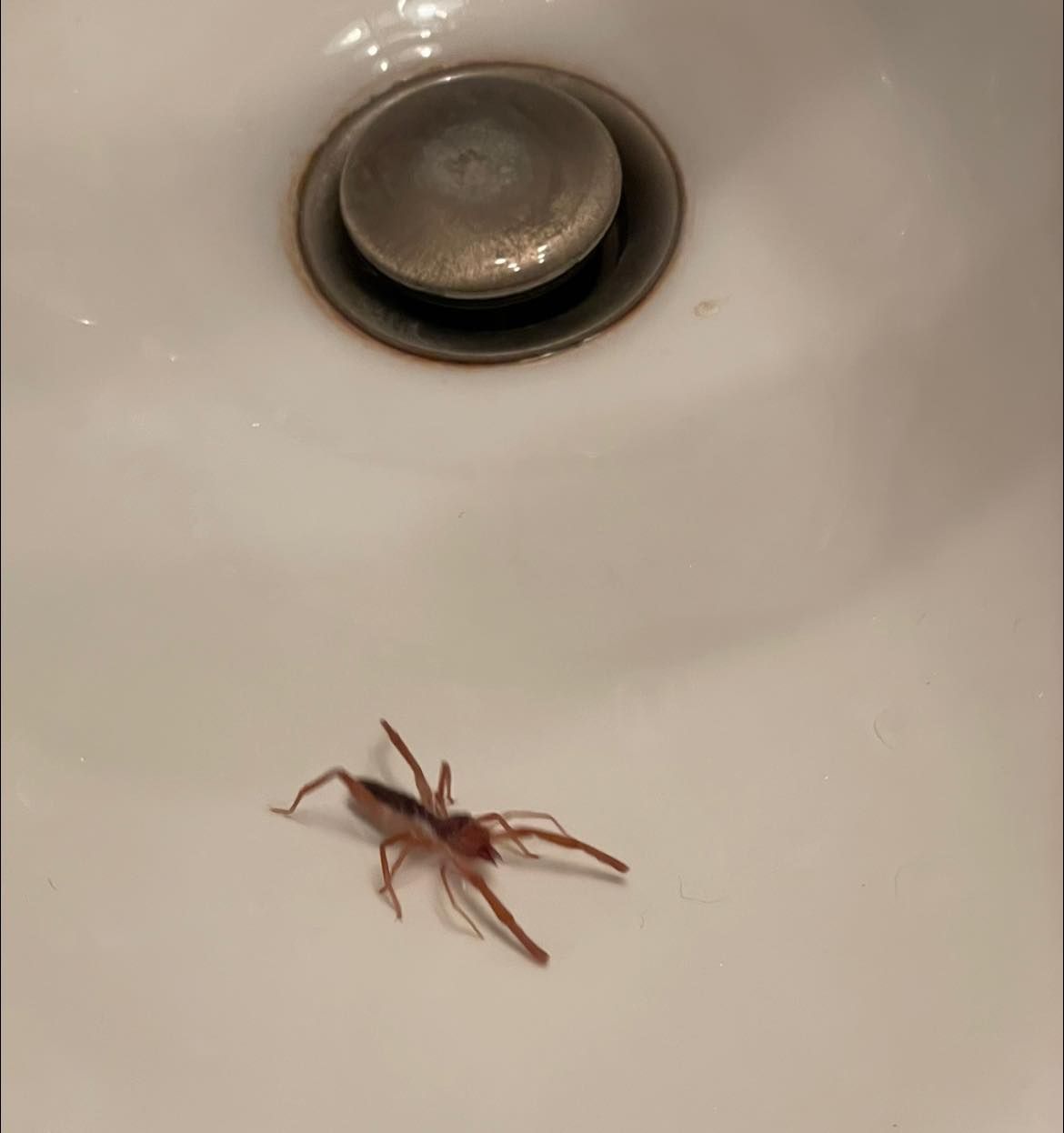
Local bird photographer Peter Bauer shared some wonderful photos from a few weeks ago that delightfully capture the spirit of our nesting birds. In general, it seems like our summers are too short for birds to raise more than one batch of babies but it's possible that birds may occasionally raise two batches of babies or make a second nesting attempt of the first batch is eaten. We currently have a pair of mountain bluebirds feeding a very hungry and noisy clutch of babies and it's hard to tell whether this is a second nest or not.
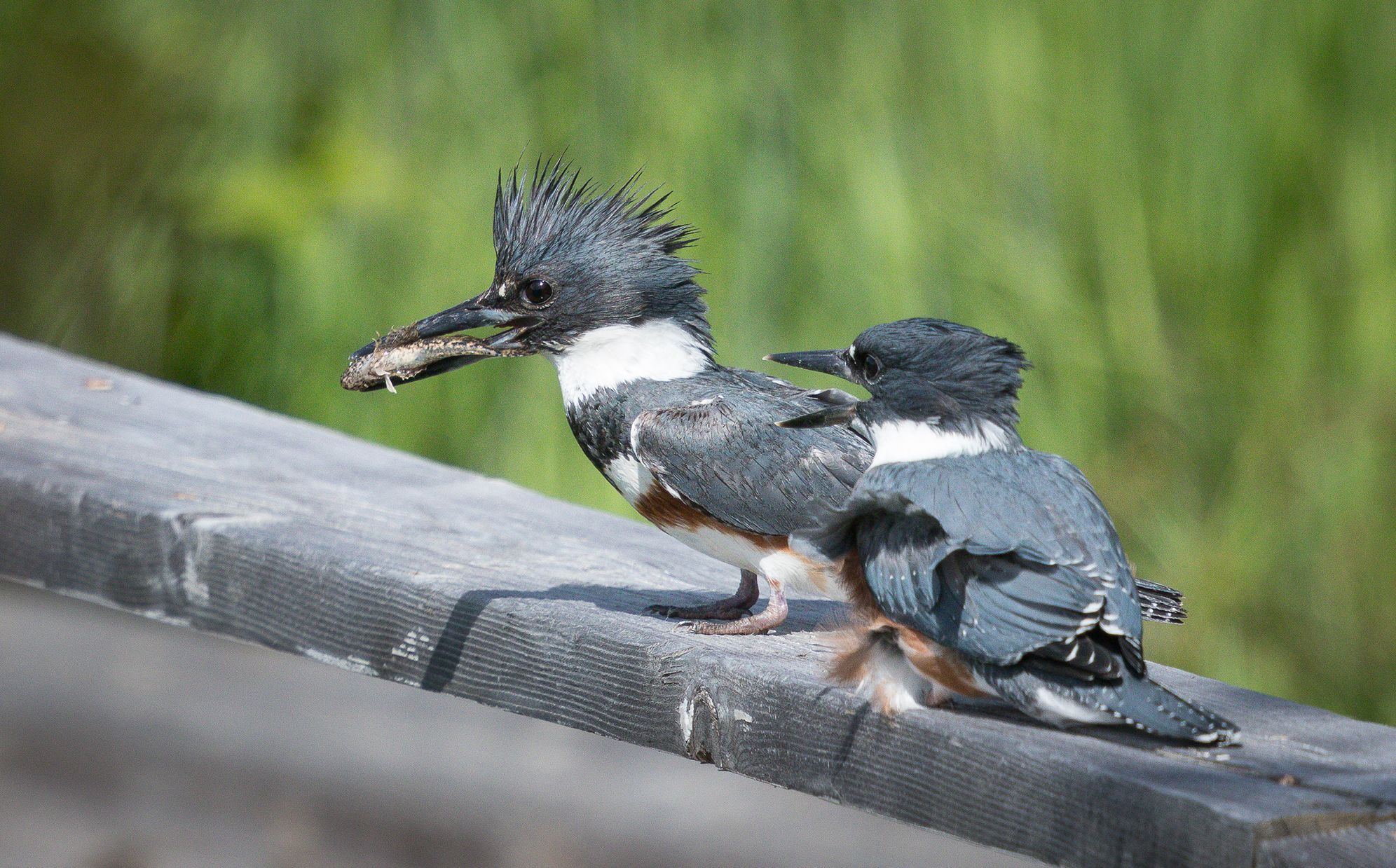
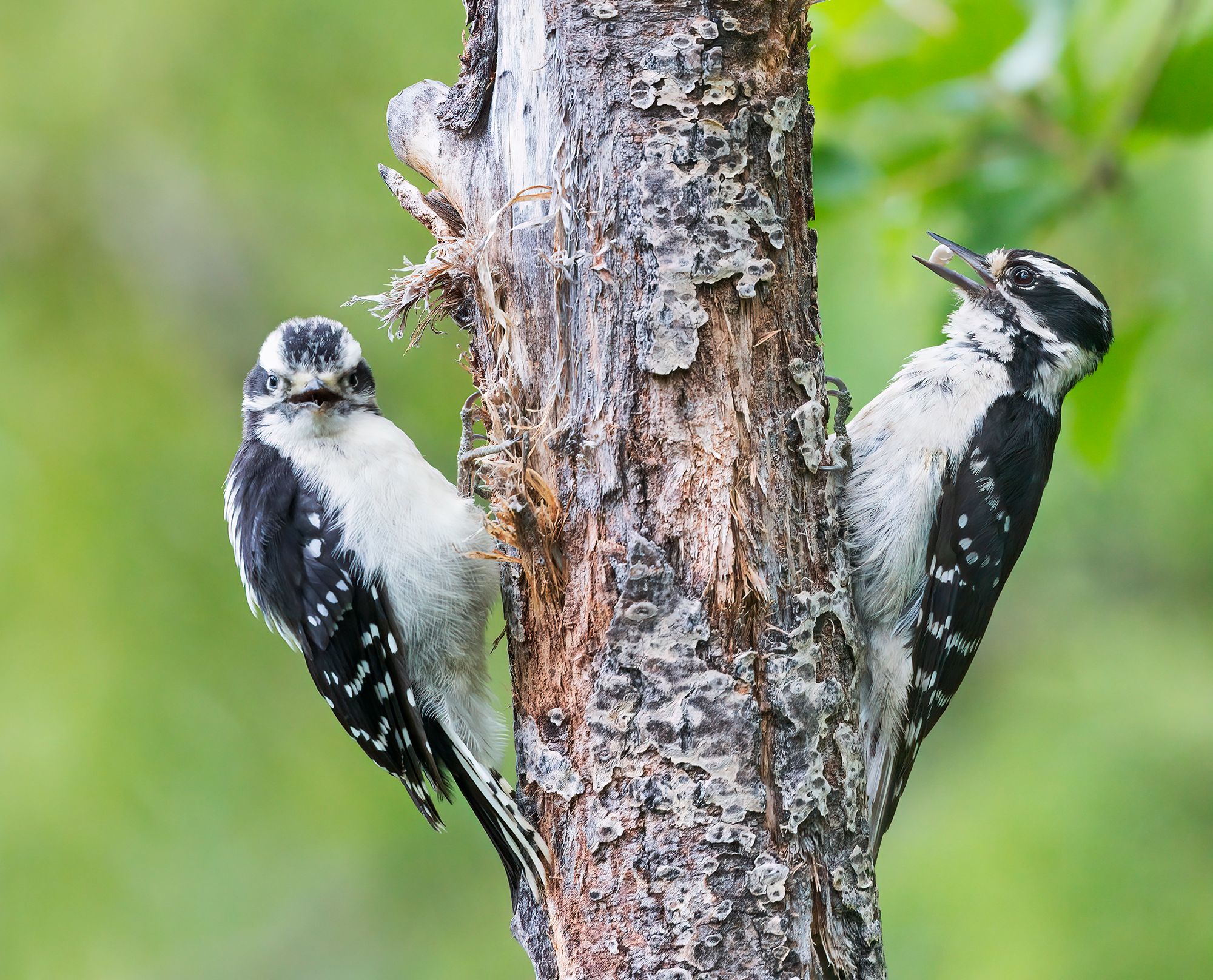
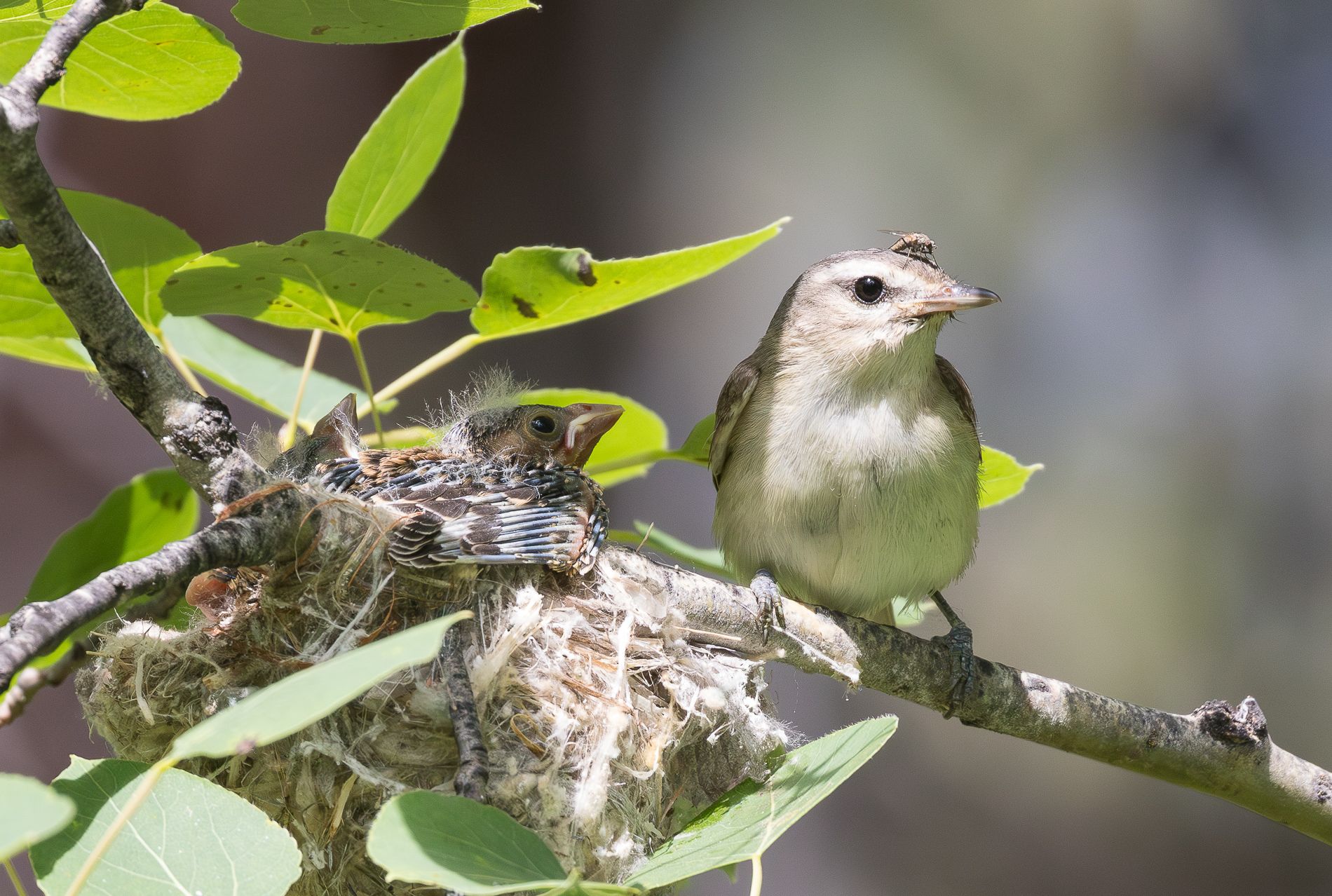
Observation of the Week: Lazuli Bunting
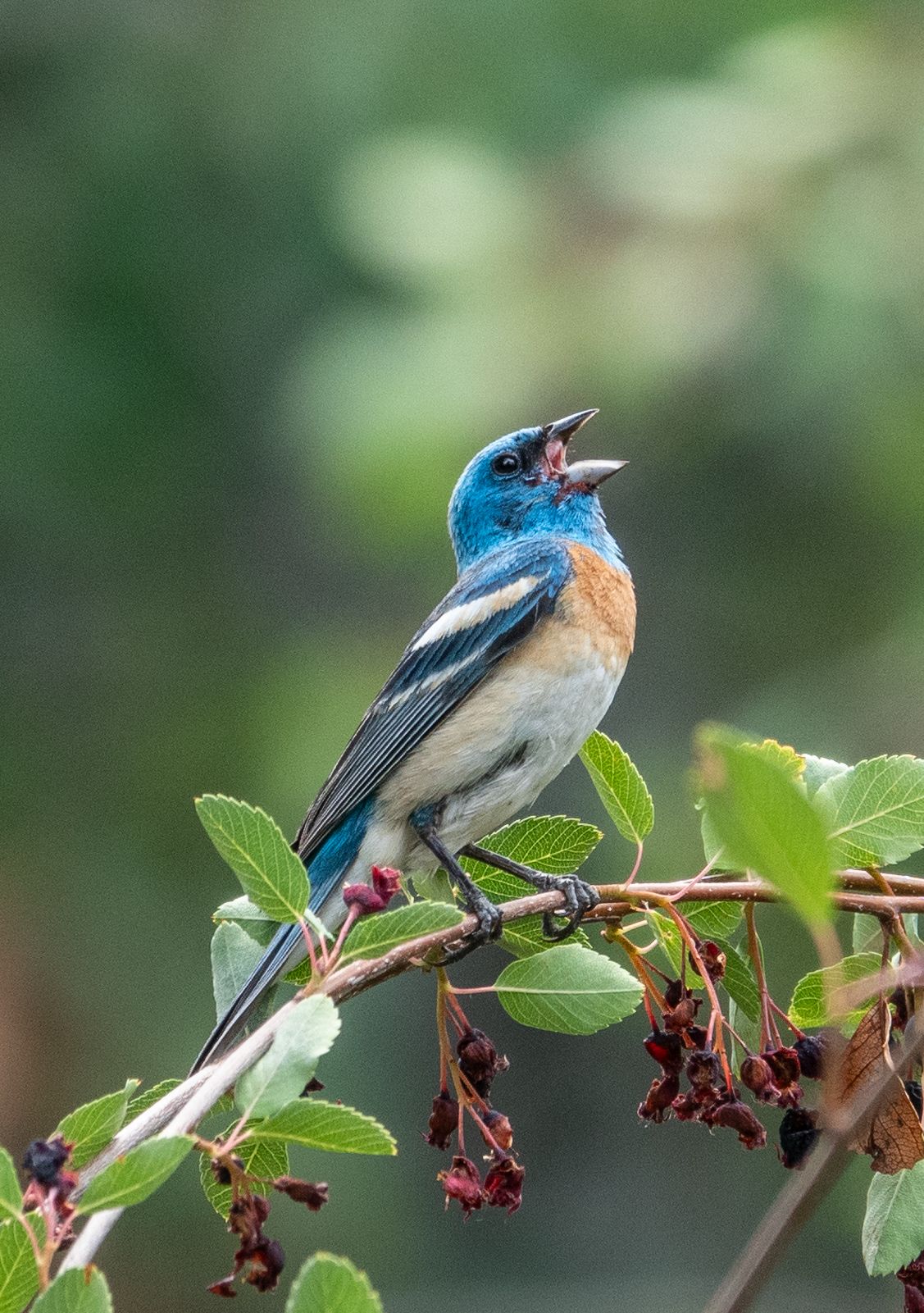
Looking at these colors you might think that it's easy to spot a lazuli bunting, but these birds have an uncanny ability to hide in plain sight!
However, once you learn how to recognize their buzzy, loud, exuberant songs you'll soon realize that are lots of lazuli buntings in the Methow Valley and that they occur in many areas from bitterbrush flats to openings in conifer forests on high mountain slopes.
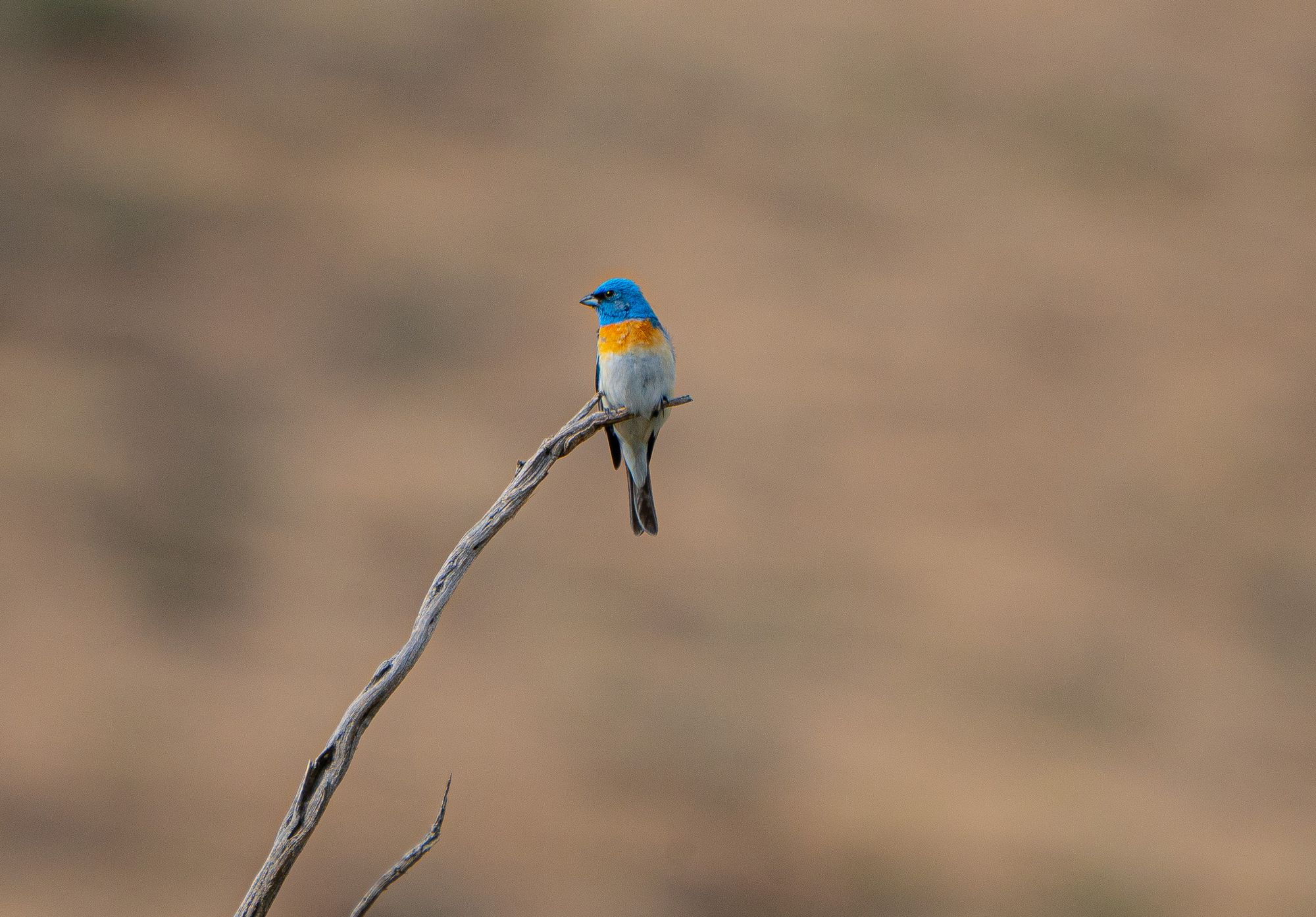
For example, a month ago I went for a run on the Riser Lake trail and without question lazuli buntings were the most common birds—but I only knew this because they were singing everywhere.
One of their tricks is that their blue color is an optical illusion. Technically their blue is a structural color, which means that it flashes intense blue when the bird turns to reflect sunlight like a mirror, but when the bird turns away from the sun there is no blue and they look almost black.
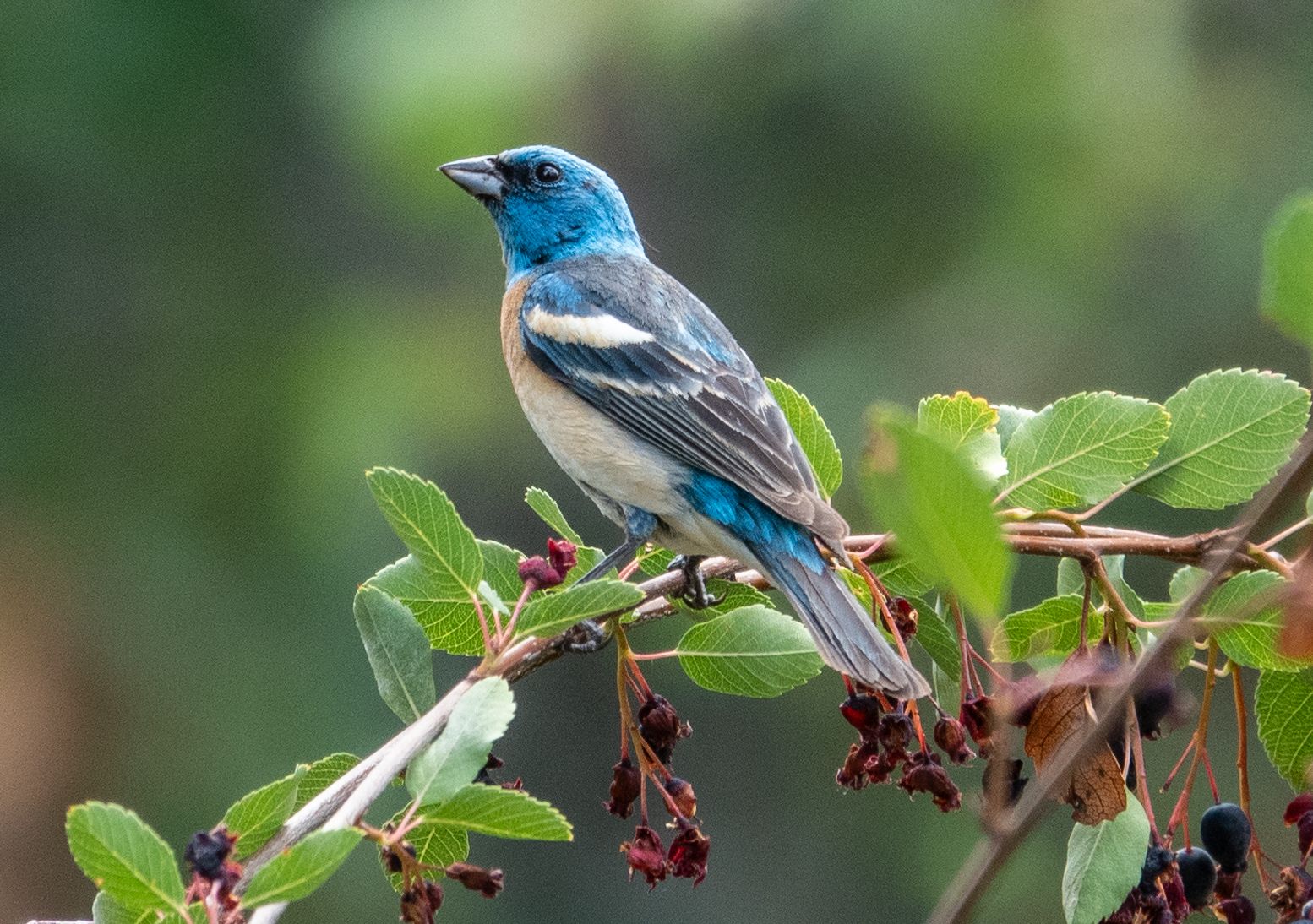
Notice their stout beaks, which they use to eat seeds, nuts, and small fruits such as abundant Saskatoon berries (serviceberry). They also consume insects during the summer, and when they're raising baby birds that need a steady diet of protein.
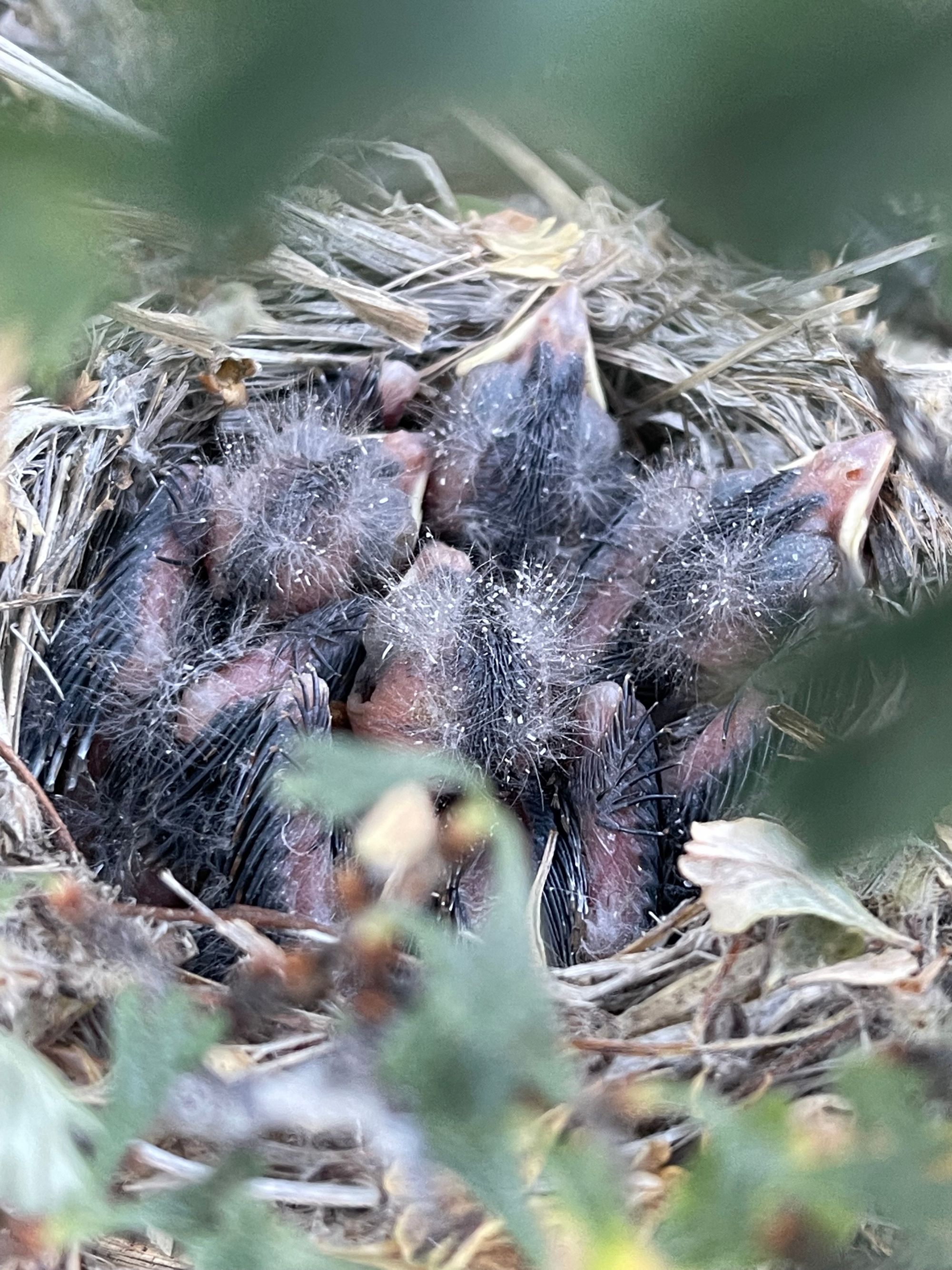
Because lazuli buntings are conspicuous when they're singing, but are otherwise very difficult to find, it's a mystery where they go in the Methow Valley after breeding or how long they stick around before migrating south. Have you seen one after the breeding season?

